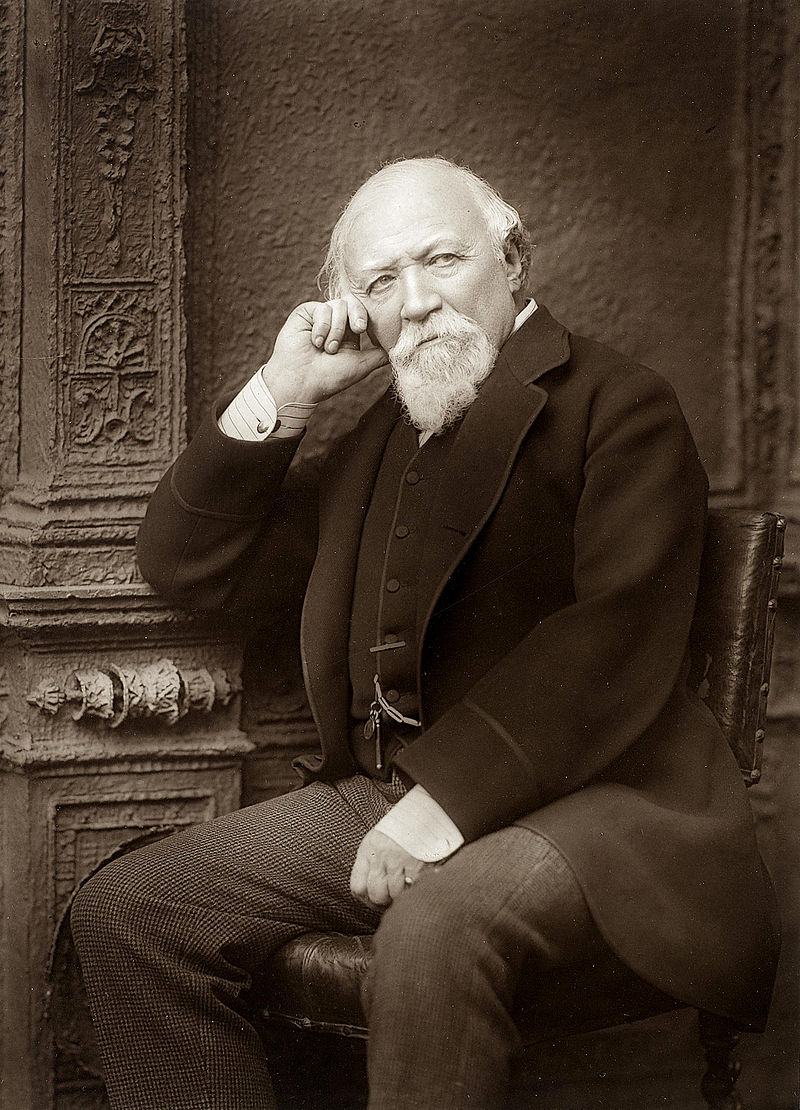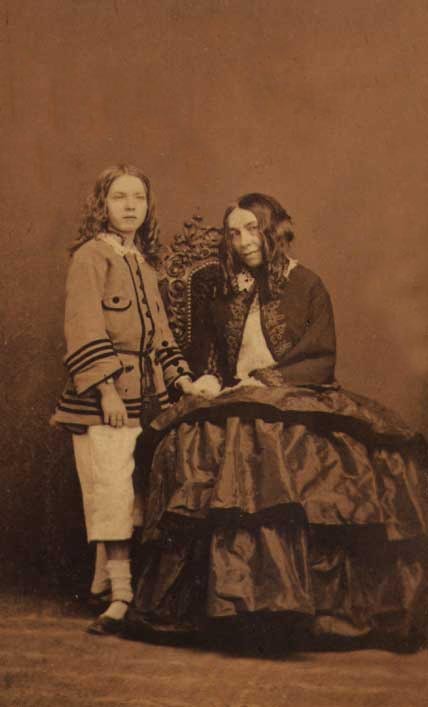
Figure 1 – Robert Browning c 1888, Woodbury print by,Herbert Rose Barraud (1845 – ca.1896) – Bonhams, feom the Wikipedia and in the publlic domain in the United States because of its age.
My last blog really begs the question of photographs of Elizabeth Barrett (1806-1861) and Robert Browning (1812-1889). Theirs ranks as one of the great love stories of all time: up there with Pyramus and Thisbe, Romeo and Juliet, and Abelard and Heloise – although with a much happier ending.Their love story was immortalized by the play “The Barretts of Wimpole Street” made famous by actress Katherine Cornell (1893-1874) as Elizabeth. Elizabeth was one of the most recognized Victorian poets. Indeed, with the death of Wadsworth, she was strongly considered to become Poet Laureate. Tennyson was chosen instead.
Elizabeth had chronically poor health and in the end likely suffered from tuberculosis. She was introduced to Robert, six years her junior, on May 20, 1845 and what began as an intellectual relationship soon became romantic. Barrett’s father had decreed that he would disown his children if they married. This odd resolve is by some believed to result from his belief that they were disgracefully of mulatto blood, and that the family line should be ended. As a result, their courtship and marriage were carried out clandestinely. They were married secretly and moved to Italy in 1846, where they lived for much of the remainder of her life. Her father was true to his promise and disowned Elizabeth. Most significantly to posterity, Robert Browning insisted that Elizabeth publish her love sonnets, which became entitled Sonnets from the Portuguese.(1850) and it is for these that she is best remembered.
I will admit to two literary pilgrimages. The first was when in college I found my way to the former Barrett home on Wimpole Street. The second was to the Browning home in Florence, The Palazzo Guidi.
Robert Browning was extremely handsome and stately throughout his life as is well illustrated by Figure 1. It is a Woodbury print by Herbert Rose Barraud (1845 – c1896). We see the quintessential Victorian gentleman.
Photographs of Elizabeth Barrett Browning are scarcer and she seems inevitably to bear the pallor of chronic illness. One of the more famous is shown below in Figure 2. It shows Elizabeth in 1860, a year of her death with son Pen. As a touching image of mother and child this conjures up many of the nineteenth century photographs that we have spoken of previously – silent moments captured in time, speaking in a whisper across time. But the point here is that knowledge of the sitter gives the photograph a voluminous voice. We know that women’s voice, we know her mind. She has spoken to us in volumes, and the photograph gives her even greater life. In the photograph we can just make out Elizabeth’s hands, tenderly clasping those of her son. If you follow the link to the The Palazzo Guidi you will find a photograph of a bronze casting of Robert’s and Elizabeth’s clasped hands. The image of Figure !, despite being over 150 years old is full of life. Those are the hands that penned:


What a gorgeous, defining photograph, with Robert flanked by (what else?) Victorian architectural detail. Stunning.
Pingback: Beauty is not caused. It is.